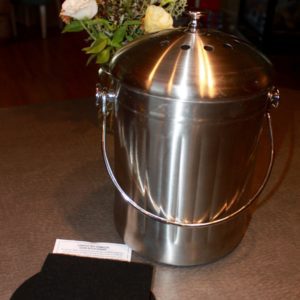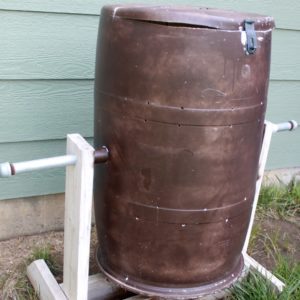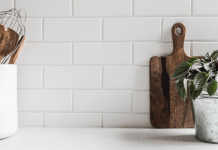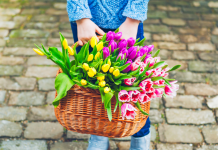Did you know that Americans generate 4.40 pounds of waste per person per day?
Food and lawn waste accounts for 25% of waste in landfills! Early in our homeschool lives, our son did a project on recycling. As part of the project, we implemented recycling in our home and we were astonished by such a dramatic shift in our waste production . This motivated us to further our efforts, so we began researching composting to help compliment our garden. (See The Reluctant Gardener). Again, as part of science in homeschool—how things decompose (scary, but informative and primitive to say the least), we filed through numerous articles, info graphs, videos, and even discovered the joy of worm farming—and then the devastation of worm farming (the worms don’t really like to be seen—or touched). None the less, our son was anxious to see the fruits of his labor.

I was less than excited to add yet another step to taking out the trash, and I had to be reminded that this planet is MY Mother Earth, and ultimately, my responsibility (the student becomes the teacher). We equipped ourselves to be successful with proper planning and supply gathering, but in the beginning, I’ll admit, I was forever forgetting what we could compost and what we couldn’t. We started simple with a couple of items I could remember and then added as my comfort level in composting grew.
Things we compost:
- Coffee grounds
- Egg shells
- Paper (shredded)
- Lint from our dryer
- Potato, cucumber, and other vegetable peels
- Nut shells
- Banana peels
- Grass clippings and leaves

What we found is that composting is actually really very simple. There are a bunch of resources on the web to help get you started. I will say, you can go with a pile, but the idea of “turning dirt” didn’t really speak to my city girl heart, or my manicure, so we went with a pickle barrel container that we flip to mix.
We did buy a few things to make composting easier, but all in all, our start up cost was minimal. We bought an indoor compost stainless steel charcoal lined bucket for our kitchen, the outdoor compost bucket (mentioned above), and worms (ordered on Amazon). We add water when needed, then simply flip the container, and voila—well not actually right away but in a few months, we have compost to spread in our garden.

We encountered a few heartaches along the way. Our worms don’t like acidic food such as orange peels or tomatoes, they do however LOVE corn mill. Seeds from fruits or vegetables are not helpful to compost. The more grass clipping or shred we add, the more water we need to add. Never put meat or anything baked, or cooked, or processed into our compost.
Now, composting is second nature to our family. It helps us stay excited about gardening during winter months and is probably the most beneficial thing we do for our garden.
Make sure you never miss out on things to do in Wichita: subscribe to our weekly Wichita Moms Blog newsletter! Be the first to know about our exclusive events, special offers and discounts, neighborhood group activities and, of course, local resources and parenting voices powered by local Wichita moms!
















